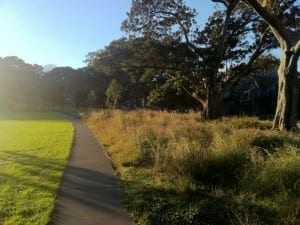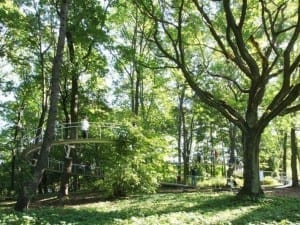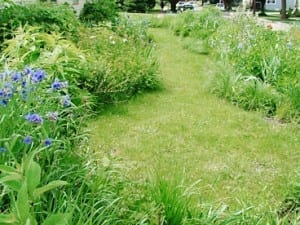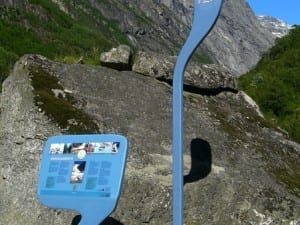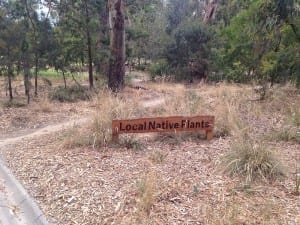By Sophie McNamara
With the population of Sydney surging faster than predicted and development growing and densifying at an increasing rate, our green spaces and natural habitats are dissolving, becoming destroyed and buried by concrete. As a result, our role as Landscape Architects is becoming progressively important, with a need to preserve ecosystems where possible and design landscapes that are not only beautiful, but resilient, adaptable and rich in habitat.
In an era of development and urban living, there is a desire for landscapes that are attractive, neat and of low maintenance and cost for future property owners. Despite this desire for neat landscapes, increasing habitat destruction means there is a growing need to restore ecosystems and design environments that are high in ecological value. Landscapes that are rich in biodiversity are often unappreciated due to their messy nature and lack of form. It is this ‘messy’ quality that can be unrecognisable to the human eye, despite its high ecological function, as it does not display human intention.
As pointed out by Professor Joan Nassauer in her 1995 article, ‘Messy Ecosystems, Orderly Frames’, humans have a long cultural history whereby they look for an appearance of neatness as a ‘cue to care’ for landscapes. The notion takes the unfamiliar or undesirable and places it within a familiar and attractive framework.
Ecologically valuable landscapes may not be protected or maintained if the human intention to care for the landscape is not apparent. It is this concept which landscape architects can use to create designs that adapt these cultural values for the appearance of landscape, in order to place ecological function in a recognisable context. This approach needs to combine the human desire for neatness in urban landscapes with the inherent messiness of vegetation. This approach will help conserve environments whilst meeting people’s expectations around landscape appearance.
‘Cues to care’ can vary from community to community, but can often be evident by way of neat garden edging, environmental signage, rubbish collection or fencing- each of which show a presence of cleaning and management. By incorporating ‘human nature into a concept of ecological responsibility’, we can establish landscapes that are more environmentally sustainable and preserved for years to come.
We are currently exploring this theme in our approach to the Nepean Hospital Master Plan. Our concept is based around sympathetic landform and resilient landscapes, proposing various landscape interventions that leave the environment undisturbed where possible. A composition of endemic and indigenous planting is to be introduced that allows for natural succession and sustainable qualities with areas of raised boardwalks that wind and turn around existing trees and shrubs so as not to disturb them. Biodiversity rich gardens have been used to guide people on their journey throughout the hospital grounds, promoting exercise and human health through exposure to nature. We intend to use this approach, drawing upon the sites history, geology and biology to create an integrated, resilient landscape that is both engaging and in balance with natural and cultural systems.
Images:
- Feature image – Prince Alfred Park. Photography: Sue Stubbs
- Image 1 – Manage access to messy habitats through manicured paths and edges. Image: Brett Boardman
- Image 2 – Manage access and preserve landscapes through Raised Boardwalk. Source: Tetsua Kondo Architects
- Image 3 – Messy ecosystems with orderly edges. Image: Pat Hill
- Image 4 – Signage at jostedalsbreen National Park in Norway used to educate visitors on the surrounding landscape. Source: Ralston & Bau
- Image 5 – Cues can be used in design through signage. Image: Mike Barnett
- Image 6 – Wangal Park. Communicates human intention, while maintaining ecological value. Source: Glascott Landcsape & Civil




